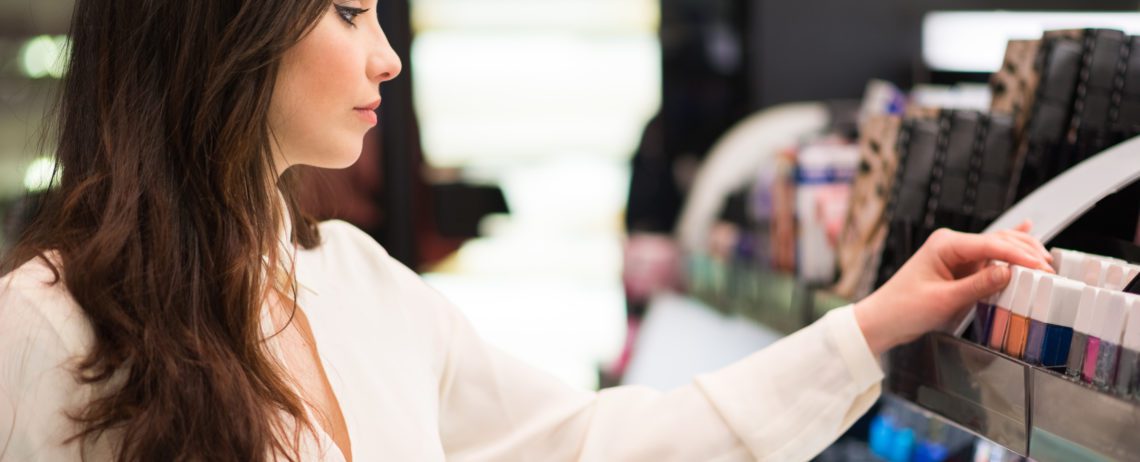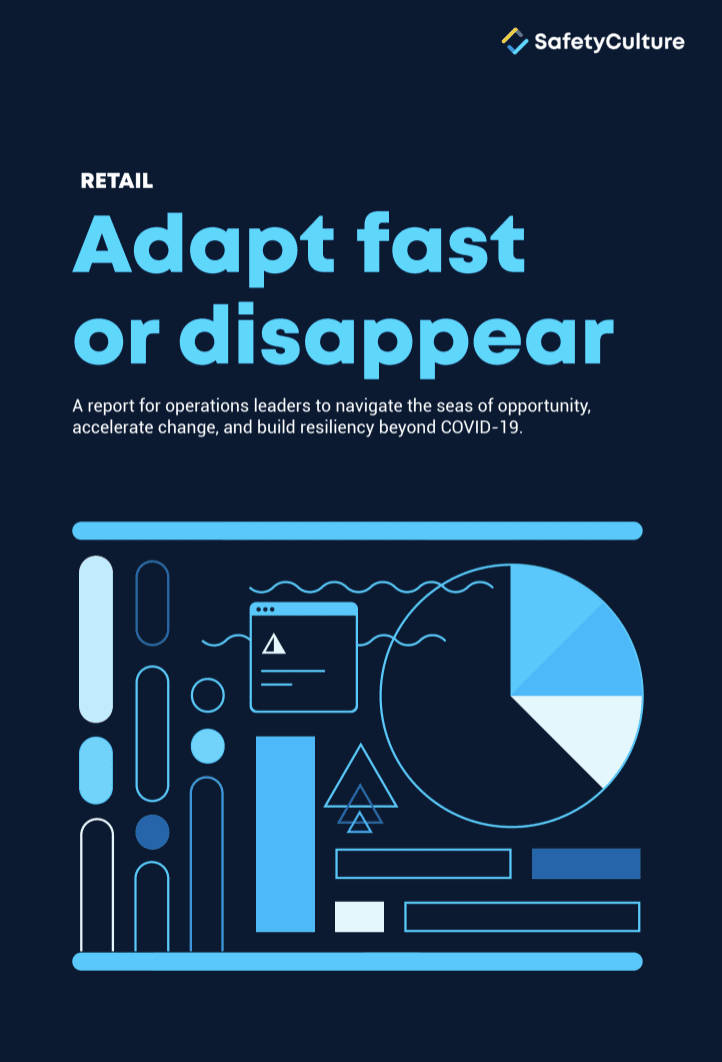Shaking up the shopper experience with Sephora
Industry Trends | By | 1 Nov 2020 | 2 minute read

Shaping the consumer journey isn’t simply a matter of embracing e-commerce – pure players and industry giants like Sephora are successful because they actively listen and respond to customers’ needs and behaviors.
Learn how this leading retailer snaps up market share by integrating its operations with customers’ lives.
A look at Sephora: Making lives easier
Imagine walking through aisles upon aisles of makeup, skincare, perfume, and beauty products but not being able to test anything? This is exactly how beauty retailers sold their products before Sephora disrupted the sector with the try-before-you-buy concept in the 1970’s.
For millions of people around the world, cosmetics is an incredibly personal shopping experience. How beauty products look on us, interact with our bodies, and improve the way we look isn’t something that sophisticated product packaging alone can inform, much less define our purchasing decisions.
While products and price points influence decision making, it is the customer experience that truly sets Sephora apart from the competition. Here’s how they adapted their operations to create a consumer journey that was love at first swatch.
“Consumers are looking for retail stores to be creative spaces. They are looking for experiences. Digital is a critical element in retail — however, it is not just for the sake of adding new, cool technology. Our intention is to help our clients.”
Bridget Dolan, SVP Omni Experience & Innovation, Sephora
Try-before-you-buy
Try-before-you-buy revolutionized the beauty industry by putting the focus on the customer. The concept was founded on a key assumption: by giving shoppers the opportunity to discover what they needed through trial and error, this would lead to customers buying exactly what’s right for them.
True to their roots, Sephora continues to disrupt the customer experience by leveraging digital tools and store makeovers that enhance the idea of try-before-you-buy, especially now as tester products pose a real COVID-19 hygiene risk.
Augmented reality
Sephora invests in technology — not to make it easier for customers to access cosmetics — but, so customers can try on products no matter where they are. Sephora launched their Visual Artist app in 2016 which allows users to virtually try on makeup. The technology was further developed with the launch of their in-store AR mirrors and has had a fresh push in the age of COVID-19.
E-commerce
An early pioneer of online shopping, Sephora understood that e-commerce is just as much a platform for discovery as it is a gateway for new revenue streams. Their website includes interactive quizzes that allow customers to discover recommended products based on answers submitted through their personal profiles.
Omnichannel
There is nothing like the real try-before-you-buy experience, so the company has taken strides to merge real-life experiences with digital retail experiences. For example, customers can book an in-store makeover over a chatbot, and at the end of their session, the makeup artist has the ability to add the products he used to the customer’s online profile. This merging of real-life and digital experiences extends even further, allowing customers to create a chatbot online for personalized skincare and makeup advice, mimicking the in-store personal shopper experience from the comfort of home. Ultimately, how the customer chooses to shop is up to them.
Ready to shake up the shopper experience? Download this report and revamp your business strategy with tactics to enhance the customer experience, enable innovation, and mitigate risk.

Important Notice
The information contained in this article is general in nature and you should consider whether the information is appropriate to your specific needs. Legal and other matters referred to in this article are based on our interpretation of laws existing at the time and should not be relied on in place of professional advice. We are not responsible for the content of any site owned by a third party that may be linked to this article. SafetyCulture disclaims all liability (except for any liability which by law cannot be excluded) for any error, inaccuracy, or omission from the information contained in this article, any site linked to this article, and any loss or damage suffered by any person directly or indirectly through relying on this information.





